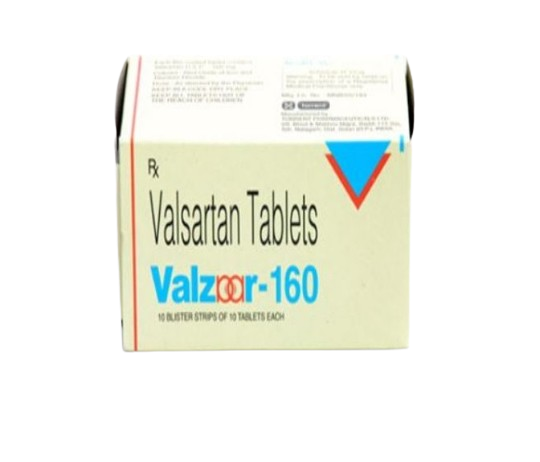Introduction
In the realm of hypertension management, the plethora of available medications can be overwhelming. Valsartan 160 mg stands as a stalwart contender in the battle against high blood pressure, but how does it fare against its counterparts? In this article, we'll delve into the intricacies of Valsartan 160 mg and compare it to other blood pressure medications to shed light on its efficacy, safety, and overall suitability for patients.
Understanding Hypertension and Its Management
Before we embark on the comparison journey, let's grasp the essence of hypertension. Often dubbed as the "silent killer," hypertension refers to elevated blood pressure levels persistently exceeding the normal range. Left unchecked, it poses significant risks of heart disease, stroke, and other life-threatening complications. Effective management of hypertension is pivotal, and it typically entails a multifaceted approach encompassing lifestyle modifications and pharmacological interventions.
Mechanism of Action
Valsartan 160 mg: Angiotensin II Receptor Blocker
At the forefront of hypertension management stands Valsartan 160 mg, a distinguished member of the angiotensin II receptor blocker (ARB) family. Its mechanism of action revolves around thwarting the effects of angiotensin II, a potent vasoconstrictor hormone. By selectively antagonizing angiotensin II receptors, Valsartan induces vasodilation, thereby reducing peripheral resistance and blood pressure.
Comparing with ACE Inhibitors
In contrast to Valsartan's ARB prowess, ACE (angiotensin-converting enzyme) inhibitors operate by inhibiting the conversion of angiotensin I to angiotensin II. Although both ARBs and ACE inhibitors target the renin-angiotensin-aldosterone system, ACE inhibitors may provoke a bothersome dry cough as a side effect, which is less prevalent with ARBs like Valsartan.
Efficacy of Valsartan 160 mg
Clinical trials have extolled the efficacy of Valsartan 160 mg in achieving substantial reductions in blood pressure levels. Its efficacy extends beyond mere blood pressure control, as studies demonstrate its efficacy in mitigating the risk of cardiovascular events, such as heart attacks and strokes.
Safety Profile
Safety is paramount in medication selection, and Valsartan 160 mg boasts a commendable safety profile. Adverse effects, albeit rare, may encompass dizziness, fatigue, and hyperkalemia. However, compared to some other blood pressure medications, Valsartan tends to exhibit fewer incidences of adverse reactions, rendering it a favorable option for many patients.
Comparing with Calcium Channel Blockers
Calcium channel blockers represent another cornerstone in hypertension management. While efficacious in dilating blood vessels and reducing blood pressure, they may precipitate peripheral edema and exacerbate heart failure symptoms in susceptible individuals, a concern less pronounced with Valsartan.
Dosage and Administration
Optimal Dosage of Valsartan 160 mg
The dosing regimen of Valsartan 160 mg typically entails a once-daily administration, with the initial dosage ranging from 80 mg to 160 mg, depending on individual patient characteristics and response. Titration may be warranted to achieve optimal blood pressure control while minimizing adverse effects.
Comparing with Diuretics
Diuretics, renowned for their ability to promote diuresis and lower blood pressure, are often hailed as first-line agents in hypertension management. However, their usage may be fraught with electrolyte imbalances and renal impairment, a drawback less pronounced with Valsartan.
Interactions and Special Considerations
Interactions with Other Medications
A prudent consideration in medication selection pertains to potential drug interactions. Valsartan 160 mg, while generally well-tolerated, may interact with certain medications, including potassium-sparing diuretics and nonsteroidal anti-inflammatory drugs (NSAIDs). It's imperative to scrutinize concomitant medication regimens to avert adverse interactions.
Special Considerations for Special Populations
In special populations, such as pregnant women and individuals with renal impairment, cautious deliberation is warranted in prescribing Valsartan. Pregnancy mandates avoidance of Valsartan due to potential fetal harm, while renal impairment necessitates dosage adjustments and close monitoring.
Conclusion
In the realm of blood pressure management, Valsartan 160 mg emerges as a formidable contender, wielding its ARB prowess to effectively lower blood pressure and mitigate cardiovascular risks. Its favorable safety profile, coupled with potent efficacy, renders it a preferred choice for many patients grappling with hypertension.





Comments